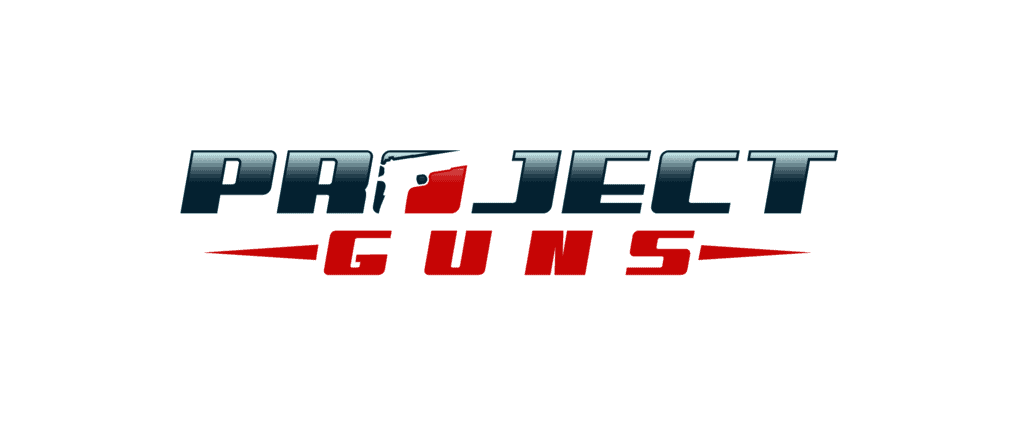With the availability of cheap TIG machines from Harbor Freight, it makes a TIG a must have
tool for the home builder. It will enable you to do reweld builds, repair broken parts and make
a lot of useful items.
I thought it might be helpful to those of you who want to weld your kits but have never
welded or haven’t TIG welded to do a how to on it. To some it seems to be an exotic unlearn
able skill, however it is easy once you get the hang of it. It requires practice and good hand /
eye coordination.
T = Tungsten, the metal used for the electrode to make the arc
I = Inert, meaning it will not combine with the weld metal,
G = Gas, normally Argon, used to shield the arc and molten metal from Oxygen
Common terms:
ARC, the electric flame used to weld.
Amps, the power setting that you are welding at.
Bead, the weld
Colet, the collar that holds the tungsten in the torch.
Current, also used in place of amps to refer to power setting.
Cups, the ceramic nozzle surrounding the tungsten tip.
CFM, cubic feet per minute, used to measure the gas flow through the torch.
Electrode, the tungsten rod used to create the arc, they come in several varieties, pure and
2% thoriated are the most common.
Filler, the rod or filler metal used to weld.
Flow meter, the regulator and indicator to set the argon gas flow.
Gas, the argon used to shield the arc.
Ground clamp, the second part of the welding circuit to make the arc.
High Frequency, a high frequency current that is superimposed on the welding current to
start and stabilize an arc.
Post flow, a term used for the gas that continues to flow after the arc is stopped, it cools the
weld and tungsten.
Puddle, the spot of molten metal created with the torch where filler is added
Regulator, a device used to reduce and regulate the welding gas from the gas cylinder.
Scratch start, a method of starting an arc without high frequency.
Torch, the electrode holder.
UV Radiation, this is created from the arc when welding, you must wear protective clothing to
be protected.
Safety:
You are working with electricity, high pressure gas, heat and strong UV radiation. Safety
should never be ignored Use gloves, eye protection and have a fire extinguisher handy. The
Argon bottle contains gas at 2,000 psi and can be dangerous if mishandled.
TIG uses a non consumable electrode to create an arc shielded in an inert gas bubble. It is a
clean and very precise method of welding that produces clean, solid welds. It is slower and
cleaner than stick, MIG or flux core wire. There is no slag or spatter.
This tutorial is based on using a HF TIG without High Frequency.
